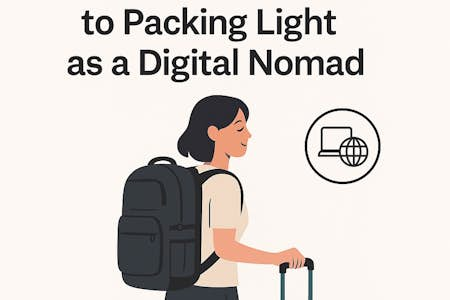Let’s face it—pulling out a wallet full of bills feels a little… old-school these days. Between tapping your phone at checkout and splitting a dinner bill through an app, physical cash is slowly becoming something we just don’t reach for anymore. So, is the world actually ditching cash for good? Or are we just caught up in a digital wave that hasn’t fully crashed yet?
Let’s dive into what’s really going on.
So, Who’s Still Using Cash?
Turns out, fewer and fewer people. In some places, cash is practically on life support.
In Sweden? Barely 1% of their GDP flows through physical currency. That’s right—people there are more likely to pay for a cinnamon bun with their phone than with a coin.
Over in the UK, cash went from making up 60% of transactions in 2008 to just 15% in 2021.
Even in the U.S., where folks can be pretty attached to tradition, the numbers dropped from 26% of transactions in 2019 to 19% in 2020. COVID really pushed people toward touchless everything.
What’s Driving the “Ditch-the-Cash” Movement?
There’s a whole bunch of reasons we’re collectively moving away from notes and coins:
Tech is everywhere. Everyone’s got a smartphone, and payment apps are smoother than ever.
The pandemic changed habits. Touching cash started to feel… gross. So contactless options became the norm.
Governments are in on it. Digital payments leave trails—which means fewer loopholes for tax dodgers and money launderers.
People want convenience. Especially younger generations. Carrying cash? Too much hassle.
Online shopping rules. And it doesn’t take cash.
Why Some Folks Love the Idea
Going mostly cashless actually sounds pretty great to a lot of people and businesses:
You don’t have to worry about carrying (or losing) money.
Transactions are easier to track and secure.
Businesses save on the costs of handling physical money.
It can help bring unbanked people into formal financial systems.
There's a clearer record for everything, which keeps things cleaner tax-wise.
But It’s Not All Smooth Sailing
Of course, no system’s perfect—and going cashless has its rough patches:
Privacy? What privacy? Every transaction leaves a digital footprint. That makes some people nervous.
Tech outages happen. If the network’s down or your phone dies, good luck paying for that coffee.
Not everyone’s online. Older folks, people in rural areas, or those without bank access might get left behind.
It’s easier to overspend. Swiping or tapping doesn’t always feel like spending real money.
Control issues. Centralized systems mean someone—likely the government—has a lot of oversight.
Real-World Examples
Sweden is pretty much the gold standard for cashless living. Some banks there don’t even handle cash anymore. But even they’re hitting pause—turns out, if you go too fast, you risk leaving certain people (like the elderly or those without smartphones) behind.
China, on the other hand, skipped the whole “credit card” phase and jumped straight from cash to mobile payments. Whether you’re paying rent or tipping a street performer, QR codes rule. Some beggars even carry them. Seriously.
What About Government-Backed Digital Money?
Central banks are stepping in with their own versions of digital cash—called CBDCs (Central Bank Digital Currencies):
China’s testing the digital yuan.
Europe’s working on the digital euro.
The U.S. is still in research mode, but something’s cooking.
These currencies could blend the benefits of cash (government backing) with the ease of digital—without giving all the power to private companies.
So… Are We Really Going Cashless?
Not quite. At least, not completely.
What we’re really seeing is more of a "less-cash" society. Digital payments are taking over, sure—but cash probably won’t vanish overnight. Its survival will depend on stuff like tech access, cultural habits, privacy concerns, and how inclusive digital systems really are.
Final Thoughts
Going cashless isn’t just about keeping up with the times—it’s a big shift in how we live, spend, and connect to money. There’s no doubt digital payments are faster and easier. But as we surf this wave, we’ve got to make sure no one’s getting left underwater.
So, the next time you tap your phone at checkout, maybe keep a bill or two in your back pocket—just in case.











